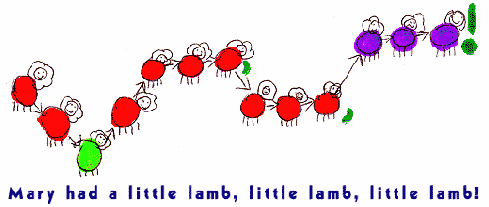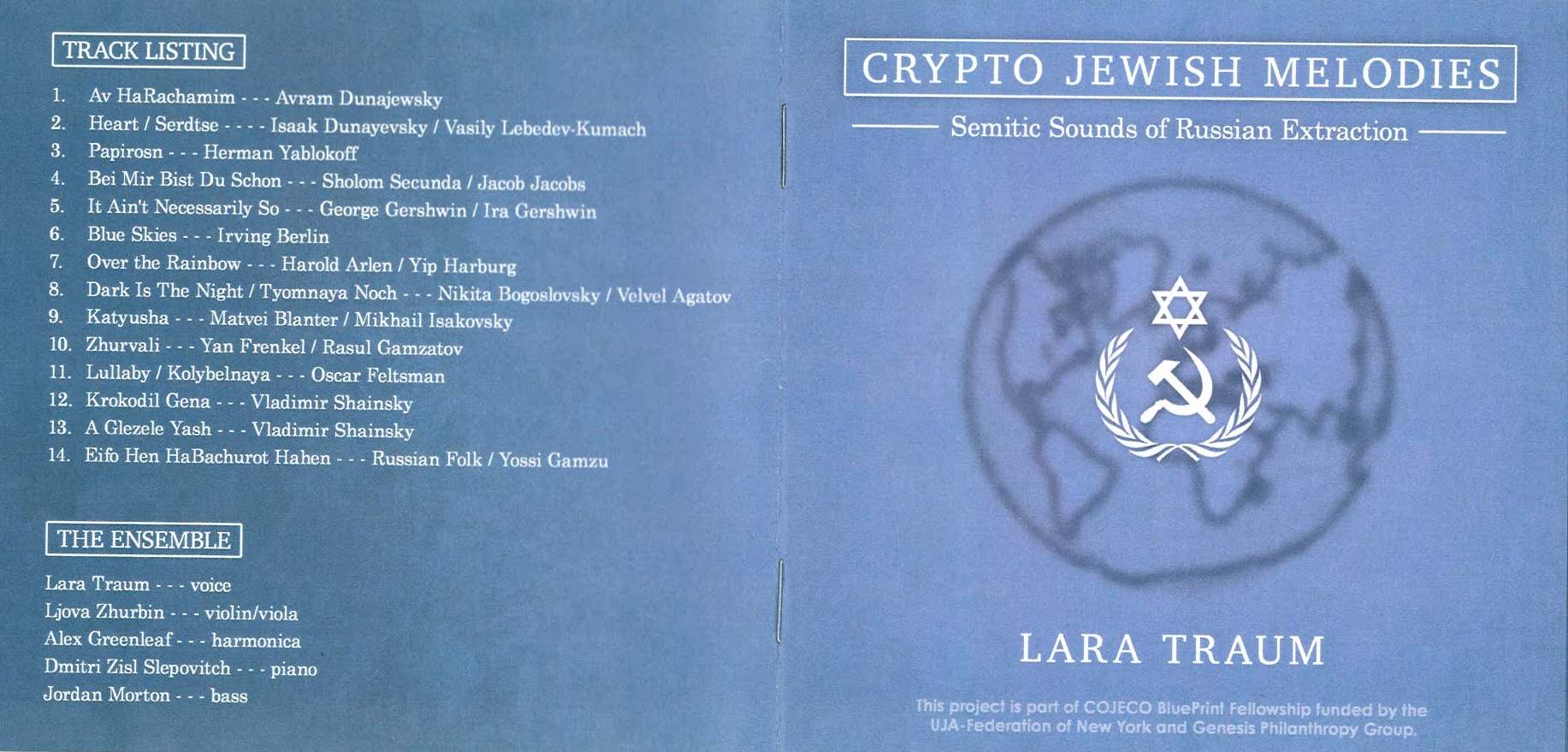

Freud's early theories were based upon his treatment of hysteria in women, and Mrs. Showalter does not point out that Lombroso, Havelock Ellis, Moreau de Tours, Mobius and other late 19th-century psychiatrists were also convinced that there was a link between insanity and genius.Īlthough the great neuropsychiatrist Charcot, with whom Freud studied during the winter of 1885-86, demonstrated that hysteria was not confined to women, the stereotype of the ''hysterical woman'' became established. I have no doubt that this is partly true, but Mrs. Insanity became more and more associated with poverty, criminality and the lowest classes of society. According to the author, the next era was dominated by the notions that the mentally ill were evolutionary failures that insanity was usually accompanied by physical defects and often genetically determined, and that diminution in the number of the insane could only be brought about by eugenics.

The rise of Darwinism changed psychiatric attitudes for the worse.

This is a legacy from Victorian times with which British psychiatry is still burdened. Showalter fails to notice, was that asylums were often built at considerable distances from the urban communities they served, making it difficult and expensive for relatives to visit, and increasing the isolation and alienation of the inmates from normal society. Showalter points out, was the sheer impossibility of giving any attention to individual patients in an institution that, like Colney Hatch, ''the showcase of Victorian psychiatric reform'' when it opened in 1851, housed only two directing physicians and more than 2,000 patients. The Victorian asylum did not live up to the hopes with which it was invested. ''In a society that not only perceived women as childlike, irrational, and sexually unstable,'' she writes, ''but also rendered them legally powerless and economically marginal, it is not surprising that they should have formed the greater part of the residual categories of deviance from which doctors drew a lucrative practice and asylums much of their population.'' Showalter points out that Victorian male attitudes toward women also played a part in defining female insanity. She also points out that the percentage of women confined in asylums gradually increased: ''By 1872, out of 58,640 certified lunatics in England and Wales, 31,822 were women.'' This excess of women is partly accounted for by the fact that women live longer than men, but Mrs. Showalter emphasizes the pride with which the Victorians regarded these institutions the humanitarian abolition of mechanical restraints undertaken by John Conolly (1794-1866), appointed the head of Hanwell Asylum in 1839 and the typically Victorian endeavor to restore sanity by re-education, regular work, religious observance and the instilling of moral values. Showalter divides the historical period she is studying into three phases: ''psychiatric Victorianism (1830-1870), psychiatric Darwinism (1870-1920), and psychiatric modernism (1920-1980).'' The first period coincides with the construction of the large public asylums that followed the Lunatics Act of 1845. Showalter, the author of ''A Literature of Their Own: Women Writers from Bronte to Lessing,'' argues that feminine mental illness is a protest against feminine subjection and exploitation that women have been labeled mad because mental illness has been defined and codified by male psychiatrists and that changing social attitudes to women have affected psychiatric diagnosis and treatment. Elaine Showalter, in this feminist history of psychiatry in England from 1830 to 1980, has examined how far this preponderance can be regarded as a cultural phenomenon. $19.95.įROM the 17th century to the present day, the number of women in psychiatric care has greatly exceeded the number of men. THE FEMALE MALADY Women, Madness, and English Culture, 1830-1980.


 0 kommentar(er)
0 kommentar(er)
